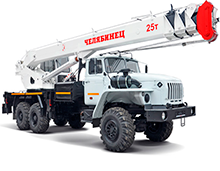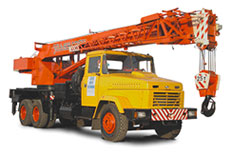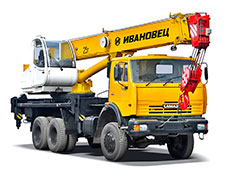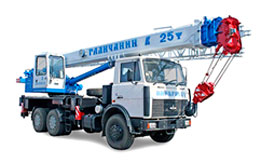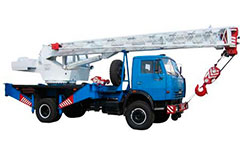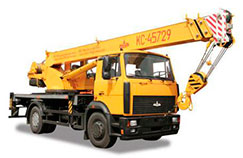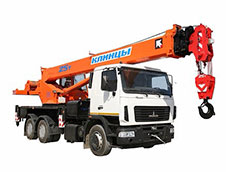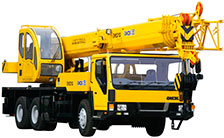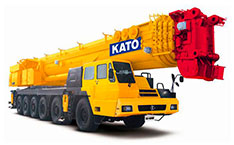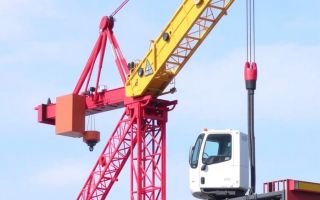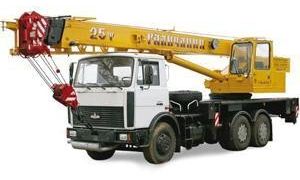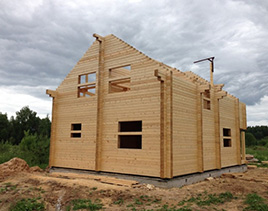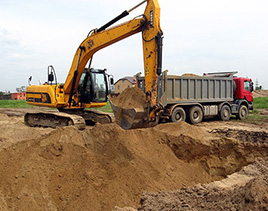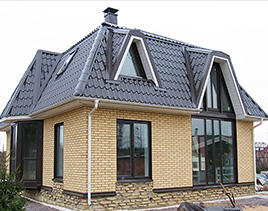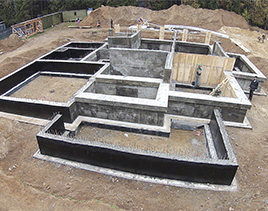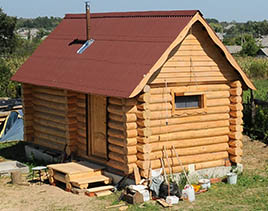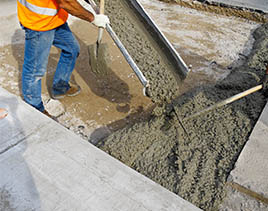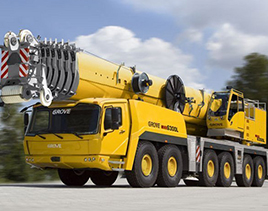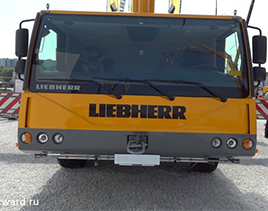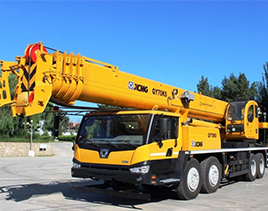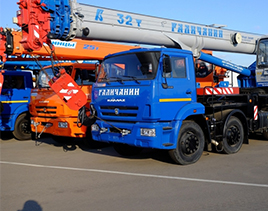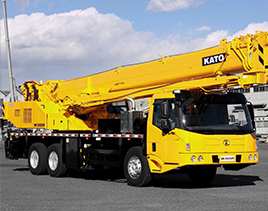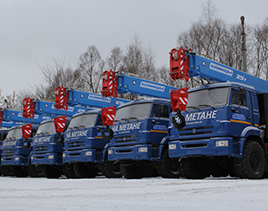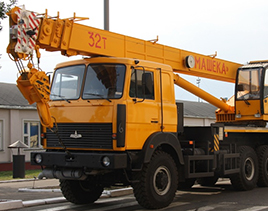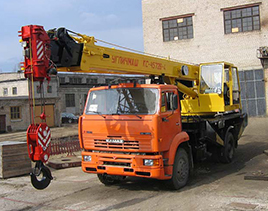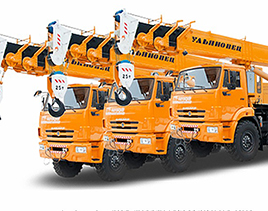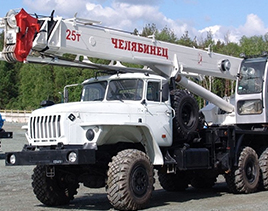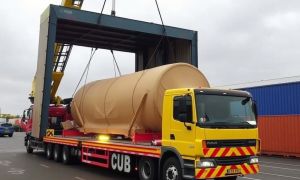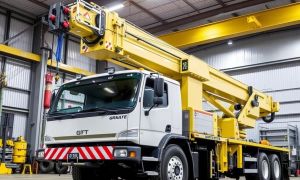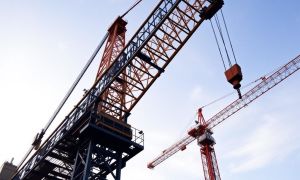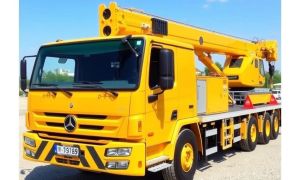Mobile cranes are powerful machines essential for many construction, industrial, and maintenance tasks. Yet, despite their usefulness and versatility, they come with significant risks. Mobile crane accidents can lead to serious injuries, costly damages, or even fatalities. Understanding the common causes of mobile crane accidents and how to prevent them is crucial for anyone involved in crane operation or site safety. In this article, we will explore the most frequent reasons why mobile crane accidents happen, identify warning signs, and discuss effective strategies to minimize these risks. Whether you are a crane operator, safety manager, or site supervisor, this comprehensive guide will help you make your workplace safer and more efficient.
What Exactly Are Mobile Crane Accidents?
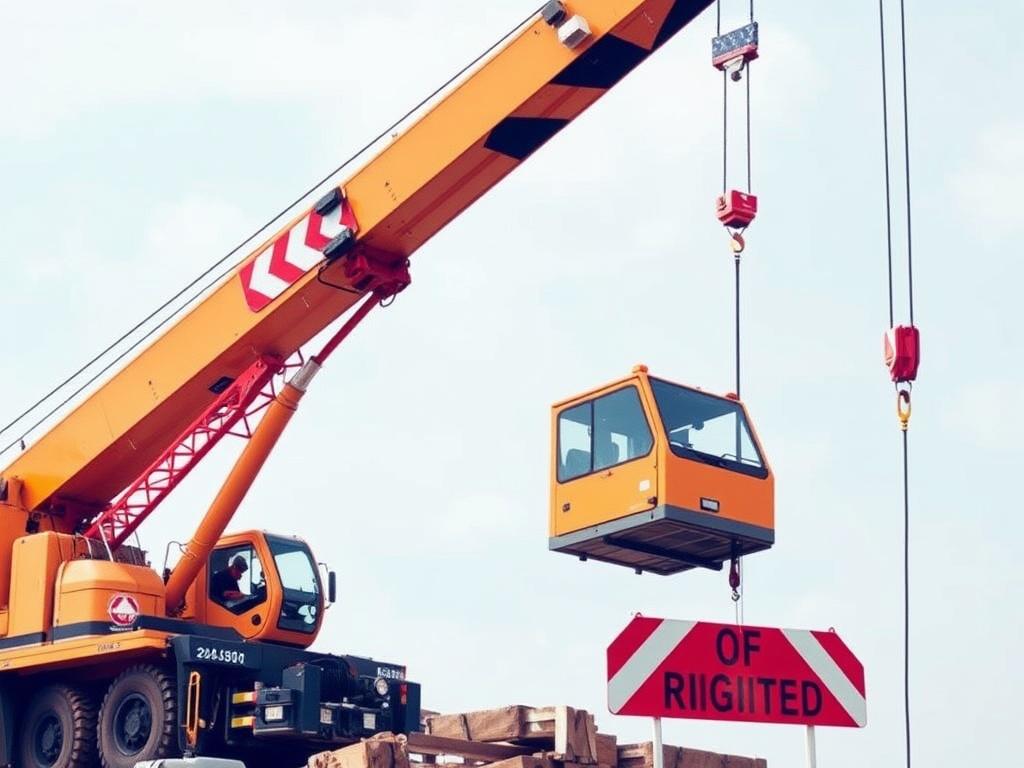
Before diving into the causes, let’s clarify what mobile crane accidents entail. These accidents occur when a mobile crane malfunctions, becomes unstable, or is involved in a mishap during lifting or transporting loads. The consequences can range from minor equipment damage to large-scale disasters involving multiple workers. Mobile crane accidents can include tipping over, collisions, load drops, structural failures, and electrocutions. Because of their complexity and the dynamic environments they operate in, mobile cranes require meticulous attention to detail and adherence to safety protocols.
Top Common Causes of Mobile Crane Accidents
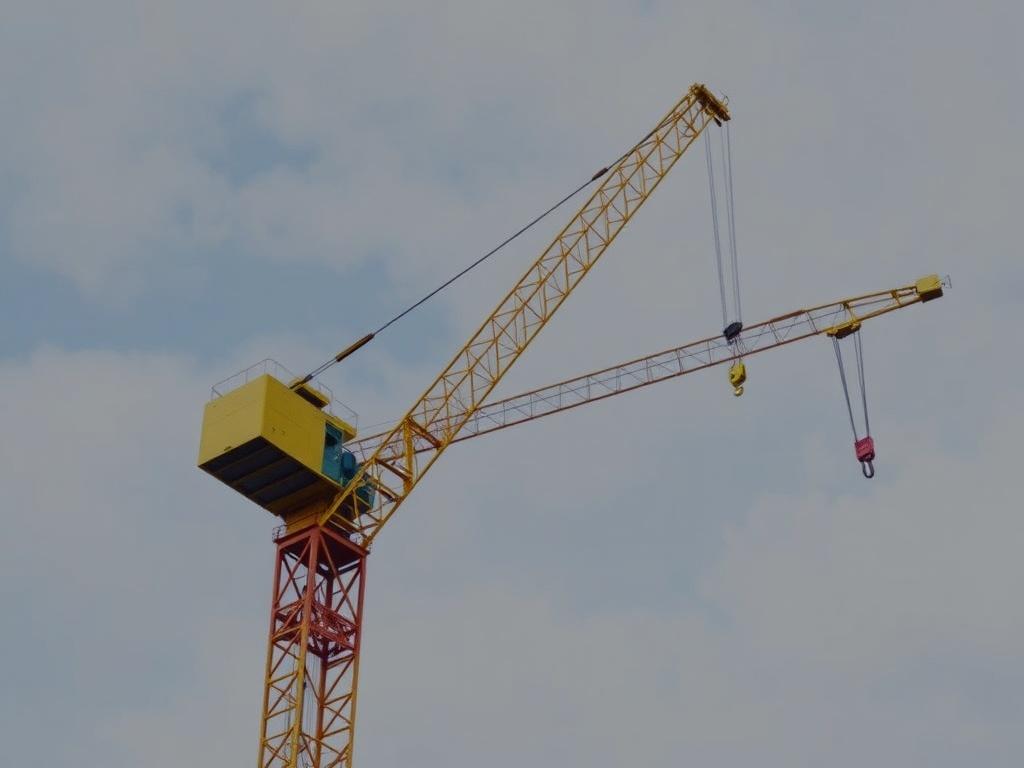
Mobile crane accidents rarely happen due to a single factor. Often, a combination of errors, misjudgments, and unsafe conditions leads to a mishap. The following sections dive into the most common causes, supported by examples and detailed explanations.
Poor Ground Conditions and Instability
One of the leading causes of mobile crane accidents is unstable or unsuitable ground conditions. Mobile cranes rely on a solid foundation to maintain balance while lifting heavy loads. Soft, uneven, or muddy terrain can cause the crane to tip over or sink during operation. It’s vital for operators and site planners to conduct thorough ground inspections before starting work. Using outrigger mats and cribbing can help distribute the crane’s weight more evenly.
Lack of Proper Crane Inspection and Maintenance
Neglecting regular crane inspections and maintenance is a frequent factor behind accidents. Mobile cranes have numerous mechanical and hydraulic components that require ongoing checking for wear and tear. Failure to detect issues early can result in equipment breakdown or failure during critical lifts. Maintenance schedules should be strictly followed, and any identified issues must be resolved before use.
Operator Error and Inadequate Training
Even the most advanced cranes are only as safe as the operators who control them. Operator error, often stemming from insufficient training or experience, contributes significantly to accidents. Mistakes such as misjudging the load’s center of gravity, improper maneuvering, or ignoring safety signals can all cause dangerous situations. Continuous training, certifications, and refresher courses are essential for keeping operators competent and alert.
Overloading the Crane
Every mobile crane has a maximum rated lifting capacity. Overloading the crane beyond this limit places excessive stress on the equipment and can cause structural failure or tipping. Some operators may try to cut corners to speed up work or complete challenging lifts but risking overloading is extremely dangerous. Always consult the crane’s load charts and use rated capacity limiting devices.
Poor Communication and Site Coordination
Mobile crane operations often require coordination between several team members – operators, riggers, signal persons, and supervisors. Miscommunication or lack of clear signals can lead to accidents such as swinging loads striking workers or objects. Establishing standardized hand signals, using radios, and holding pre-lift meetings helps prevent misunderstandings.
Electrical Hazards
Crane operators frequently work near power lines and other electrical installations. Coming into contact with energized lines or equipment can cause electrocution or fires. Maintaining proper clearance distances, using spotters, and de-energizing lines where possible are key safety measures.
Environmental and Weather Conditions
Weather plays a significant role in mobile crane safety. High winds, heavy rain, fog, or icy surfaces can impair visibility, reduce stability, and make controls harder to manage. Operators must monitor weather forecasts and adjust or halt operations as conditions demand.
How to Effectively Prevent Mobile Crane Accidents
Understanding the causes is the first step. The next, and more important part, is prevention. Safety begins well before the crane lifts its first load.
Comprehensive Site and Ground Assessment
Before deploying a mobile crane, conduct full site surveys to assess ground firmness, slope, obstacles, and potential hazards. Engineers or geotechnical experts can provide valuable insight into soil bearing capacity and recommend stabilization measures like crane pads or timber mats.
Regular and Thorough Crane Inspections
Implement a strict inspection regime that aligns with manufacturer guidelines and regulatory standards. Daily pre-operation checks, periodic in-depth inspections, and prompt repairs are essential. Logging maintenance activities ensures accountability and tracking.
Invest in Operator Training and Certification
Operators must obtain proper certifications and engage in regular training. Training should include not only technical skills but also hazard recognition and emergency response. Refreshers keep skills sharp and up to date with evolving safety practices.
Strict Adherence to Load Limits
Load charts must always be consulted for every lift. Implementing real-time monitoring devices that alert operators when approaching limits can prevent overloading. Supervisors should enforce these rules firmly.
Clear Communication Protocols
Develop and enforce site-wide communication standards. Train all personnel on recognized hand signals and ensure radios or other devices are functional and used properly. Pre-lift meetings foster understanding of roles, tasks, and risks.
Maintain Safe Distance from Electrical Lines
Utilize spotters to guide crane movements near power lines. If possible, de-energize or insulate lines. Operators should be aware of OSHA or local electrical clearance requirements and always err on the side of caution.
Weather Monitoring and Responsive Scheduling
Schedule lifts during favorable weather whenever possible. Use weather monitors and alerts to inform decisions. If adverse conditions arise unexpectedly, pause operations until it is safe to continue.
Important Safety Equipment and Technologies
In addition to good practices and training, modern safety equipment and technologies play a vital role in preventing mobile crane accidents. Here’s a quick overview:
| Equipment/Technology | Function | Benefit |
|---|---|---|
| Load Moment Indicators (LMI) | Measures load weight and boom angle | Prevents overloading by alerting operators |
| Anti-Two Block Devices | Prevents hook block from touching boom tip | Avoids cable damage and potential load drops |
| Outrigger Pads and Mats | Increases ground contact area | Improves crane stability on soft ground |
| Proximity Alarms | Alerts operator when nearing obstacles or power lines | Reduces risk of collisions and electrocution |
| Wireless Communication Systems | Facilitates clear, real-time communication | Prevents miscommunication-related accidents |
Common Mistakes to Avoid During Mobile Crane Operations
Even with all precautions, some common missteps continue to cause accidents. Awareness helps prevent them:
- Ignoring daily inspection checklists.
- Failing to secure load attachments properly.
- Operating cranes under the influence of fatigue or distractions.
- Attempting lifts in marginal weather without reassessing risks.
- Allowing unauthorized personnel in the crane operating zone.
- Not using personal protective equipment (PPE) when required.
Emergency Response and Incident Management
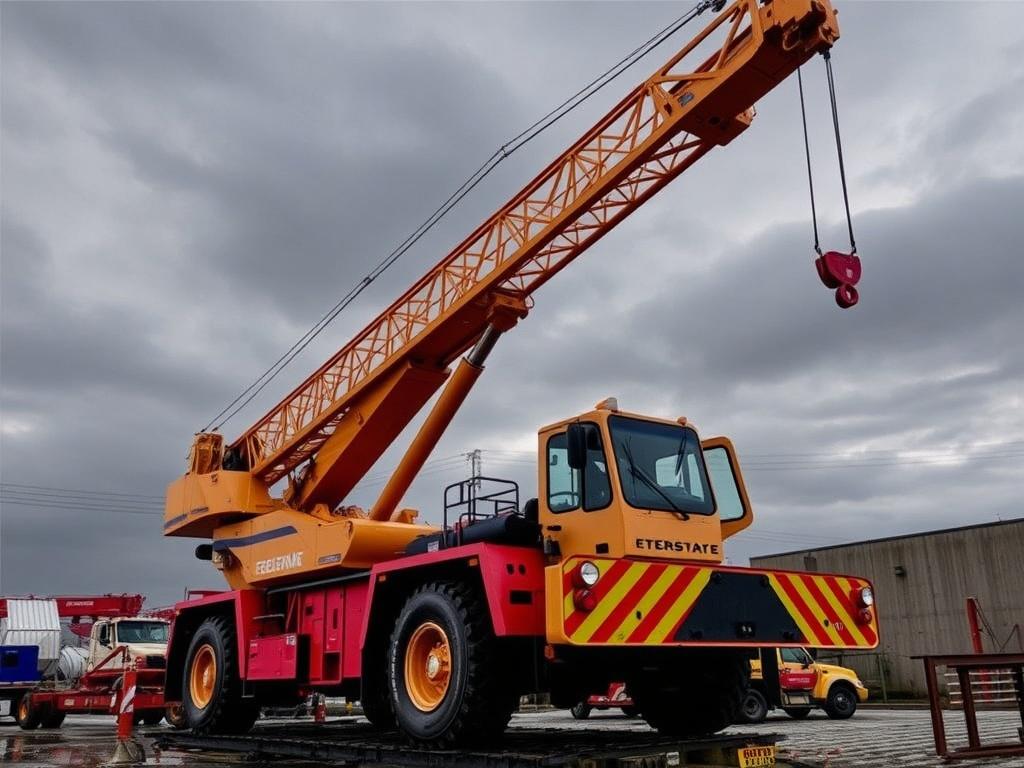
In spite of all efforts, accidents can sometimes happen. Having an effective emergency response plan can save lives and minimize damage. Key elements include:
Rapid Incident Reporting
Ensure all incidents or near-misses are reported immediately to supervisors and safety officers. Quick action helps prevent worsening situations.
Evacuation Procedures
Clearly mark evacuation routes and conduct regular drills so workers know how to exit promptly and safely.
First Aid and Medical Support
Equip the site with first aid kits and train personnel in emergency medical response. Coordinate with nearby medical facilities for quick assistance.
Accident Investigation
Conduct thorough investigations to identify root causes. Use findings to improve procedures and prevent recurrence.
Conclusion
Mobile crane accidents pose a real threat on construction and industrial sites, but they are largely preventable. Most accidents stem from unsafe ground conditions, operator errors, inadequate maintenance, overloading, poor communication, or neglect of environmental hazards like weather and electrical lines. The key to prevention lies in thorough site assessments, regular crane inspections, ongoing operator training, strict adherence to load and safety rules, and clear communication protocols. Modern safety devices also add significant protection. Combining these efforts with strong emergency preparedness forms a robust safety culture that protects workers, equipment, and projects alike. Taking the time to understand common causes of mobile crane accidents and actively applying preventive measures ensures safer operations and successful job completion every time.

